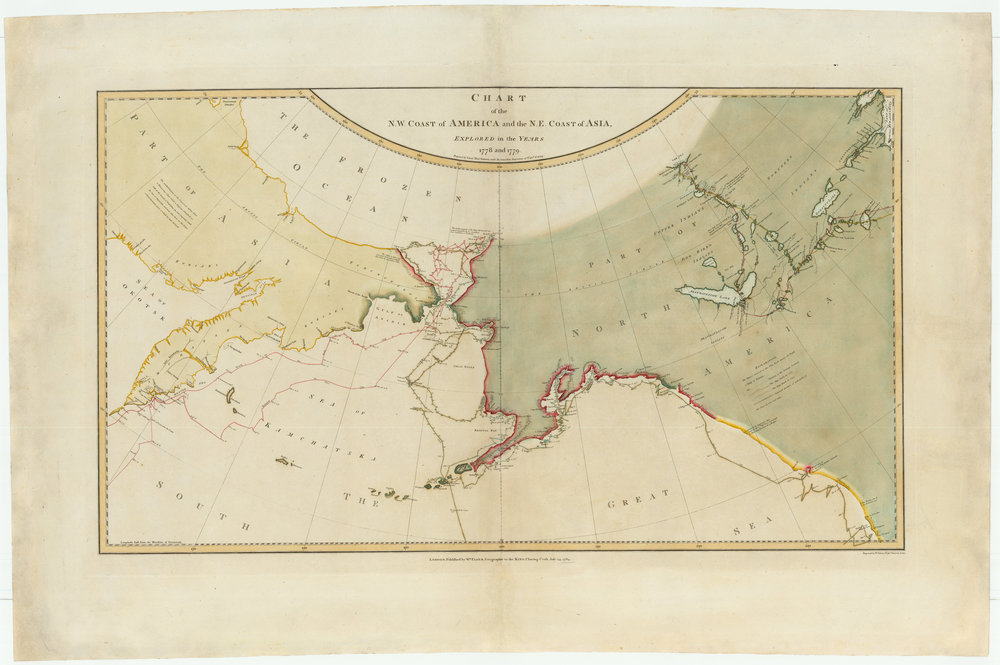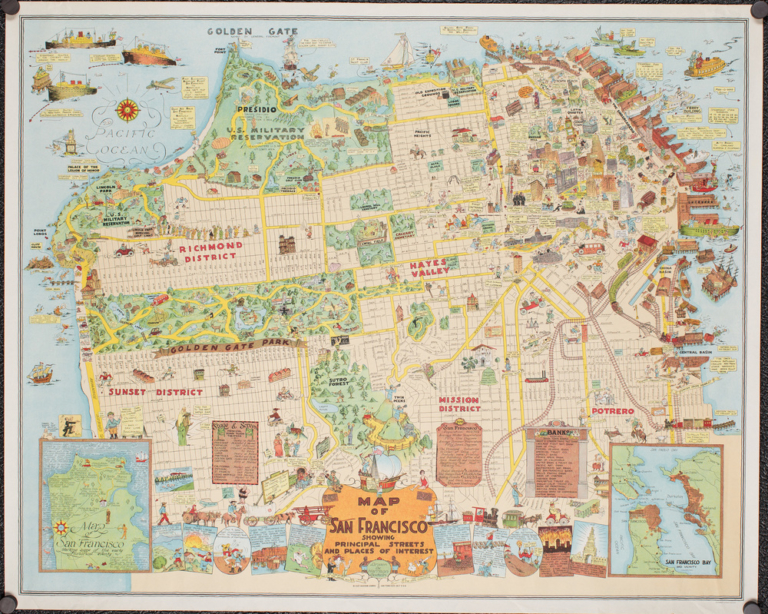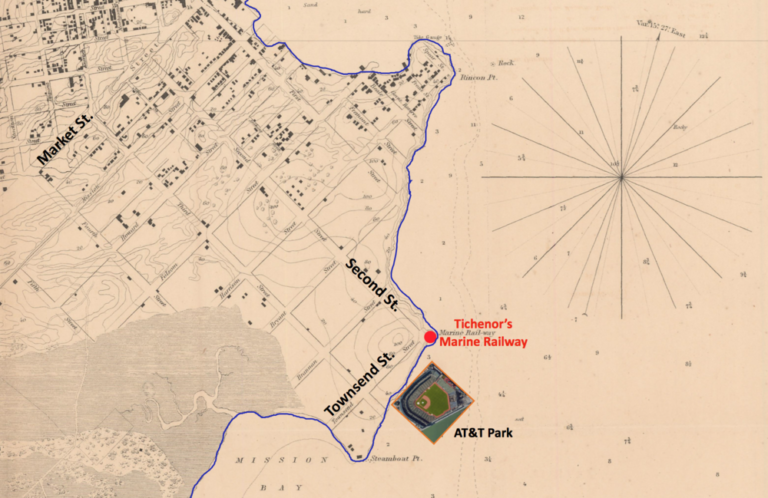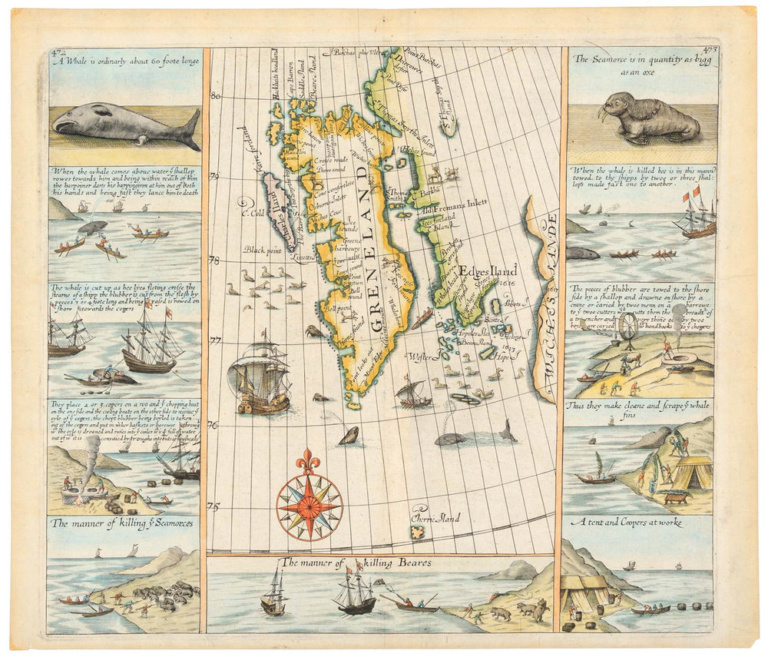When Vitus Bering, a Dane in the employ of Imperial Russia (under the Tsars Peter I, Catherine I, Peter II, Anna, and Ivan VI) set out on his first journey to explore the eastern limits of the Russian empire, and to determine whether or not there was land connecting Asia with North America, he was in his mid-forties. Most of the rest of his life was spent in harrowing exploration.

His orders from Peter I instructed him to build two ships on the east (Pacific) coast of Russia, and then sail north along the coast of Kamchatka to determine whether any land linked Asia and America (“You are to search for where it is joined to America,” said the orders). But first he had to cross the vast Asian steppes and tundra. In his first expedition, The First Kamchatka Expedition, he decided that one party would travel overland and another would travel by boat, mapping rivers. The overland party set out in January 1725, and it was not until August or October 1726 that they reached Okhotsk, on the Sea of Okhotsk, west of the Kamchatka Peninsula (sources differ on the date). They met such hardship that they apparently left a trail of dead horses in their wake, which, apparently, was just as well for the party that had planned to travel by river, for whom problems had forced them to follow Bering’s overland route, on which Bering’s dead horses became a crucial source of food, only reaching Okhotsk in January of 1727.
The next steps according to Bering’s plan: build boats to cross the sea of Okhotsk, and then, cross the Kamchatka peninsula overland, with their boats and supplies, to the Kamchatka River, which they would follow to the ocean, where they would then build two new ships. They launched their boat from Okhotsk in August 1727, but difficulties on the overland journey meant that they did reach the east coast of Kamchatka until early 1728.

Next was to build a new ship—a task that was accomplished by July 1728. They sailed north along the coast and rounded the Chukotsk Peninsula, at which point following the coast meant sailing west. Bering chose to sail north on the premise that if there were a land connection between Asia and America, the expedition would necessarily meet it. They met no land, however, and the approaching winter forced them to turn back. They returned to Kamchatka, where they spent the winter. Explorations through the summer of 1729 convinced Bering that Asia and America were not connected, but that America was not far. He did not, however, find America, and in the fall set out on the return journey across Asia to St. Petersburg, where he arrived in early 1730.
Bering advocated further exploration—he may have shown that there was no land connecting Asia and America, but he had not found America. The Russian bureaucracy finally approved a new expedition on much the same lines as the previous, and in 1733, Bering’s expedition began the eastward journey across Asia. It was a massive undertaking that included several parties exploring possible overland routes and building huts and roads for support. This time, Bering did not reach Okhotsk until 1737.

Problems again beset the expedition, including increasing pressure and demands from the Russian government, who had expected the expedition to be completed in four years (whereas Bering had not even set out yet). It was not until 1741—another four years—that Bering would sail, and that year he did indeed land on the American continent. But, at this point, Bering, now sixty years old, was sick and despairing. He turned for home. He would not make it, however. Storms forced the expedition to land on an uninhabited island—now named Bering Island—not far from the coast of Kamchatka (though Bering and his crew did not know this). In December of 1741, Bering passed away, most likely from the effects of scurvy.
His explorations are, perhaps, not that profound—other Russians had explored the east coast of Russia and had sighted America before he did. Nonetheless, it is he whose name has been given to the strait separating Asia from America, as well as to the island where he met his death. He had spent the last quarter of his life exploring the far north in conditions of great hardship.
This map from half a century later shows the route of Captain Cook’s 3rd Voyage into the Bering Straight and past the island grave of his predecessor:




